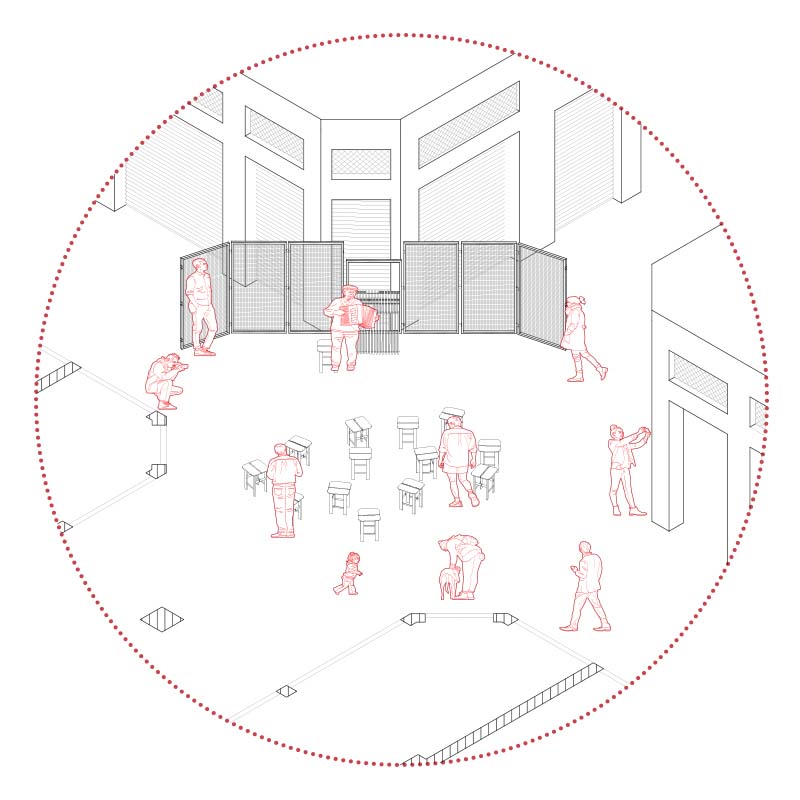







The galleries of Thessaloniki, a creation of commercial and consumtion are called upon to redefi ne their purpose in the Greece of the economic crisis. On the occasion of the acquisition of the central food market - Stoa Modiano - by a private company, this dissertation aims to propose alternative types of trade that can be housed in this gallery and in the whole complex of galleries in the area of Valaoritou, which are now abandoned. Inspired by the “diagonios” of Dinos Christianopoulos, this work tries to bring the world of publications and art to the surface in order to interact with everyday life, designing constructions / interventions and to give life and new uses to the abandoned galleries. This project focuses on the passages of the stoas, which from their creation until today are considered places of passage to each store and a side view, so as to create a new operating condition and come to “life” these “dead” from abandonment of premises. Providing housing to artists but also to events, based on the ideology of the “diagonios”. Thus, with four diff erent ephemeral constructions that come to create the new condition of use in the passages of the galleries. And based on the exhibition model of the galleries (trade / entertainment), four constructions of the same dimensions, which are connected to each other, create compositions according to the use that the main user wants to receive.
Supervisor: Trova Vasso
Reference Number: 863




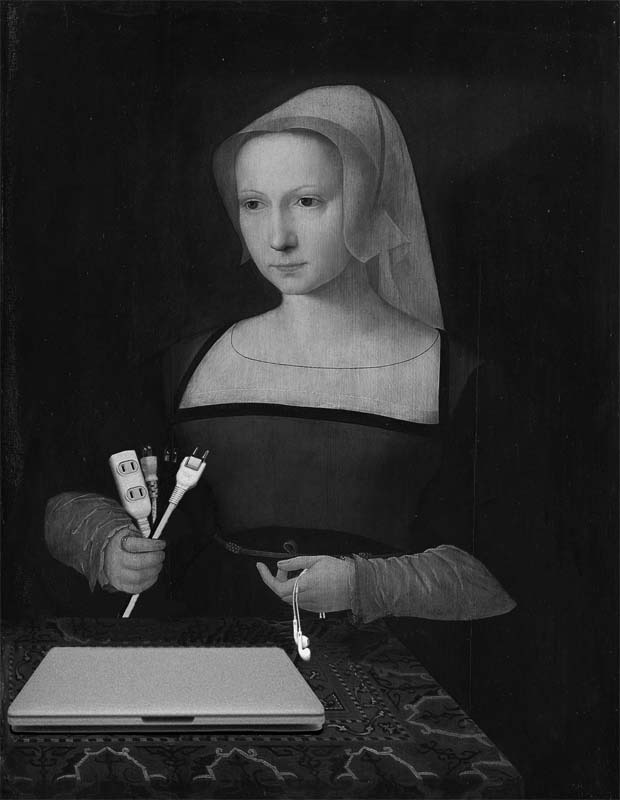

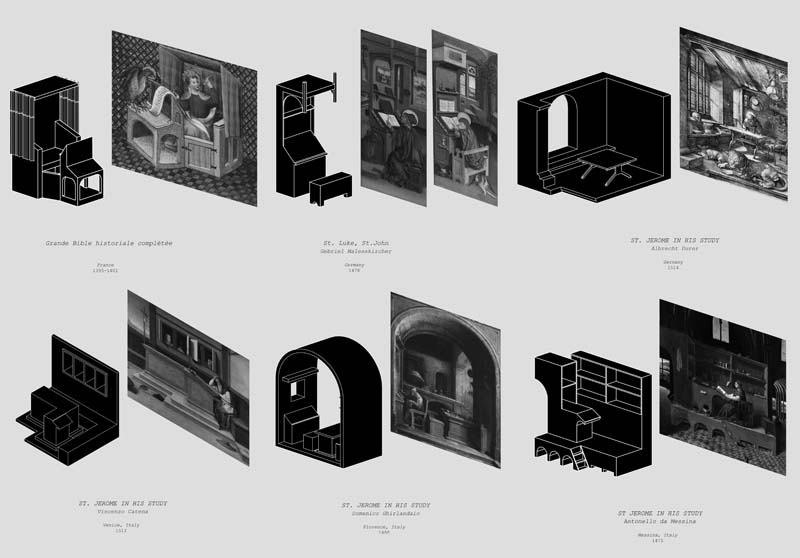

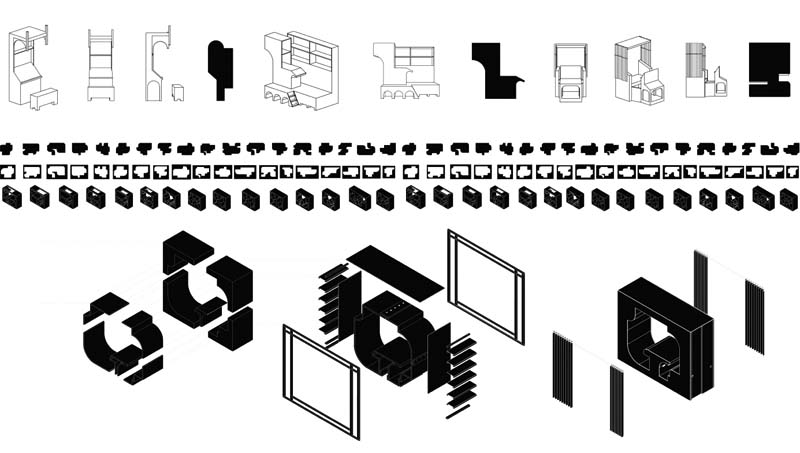



Studiolo, were small rooms-sanctuaries in the palaces of Italian nobles of the early Renaissance era designed for contemplation, study and seclusion.
In this thesis, an attempt is made to collect a visual material and to create a new language of design and representation in order to re-approach those spaces today. A spatial proportion of the symptoms of involuntary isolation and the new working condition as it forms in the Pandemic.
An exploration of a new autonomous structure, a kind of "open" and at the same time private room, which can be transferred and placed, in a way that is transforming for the hosting shell and serving the needs of the modern resident.
Supervisor: Tzirtzilakis Yorgos
Reference Number: 849






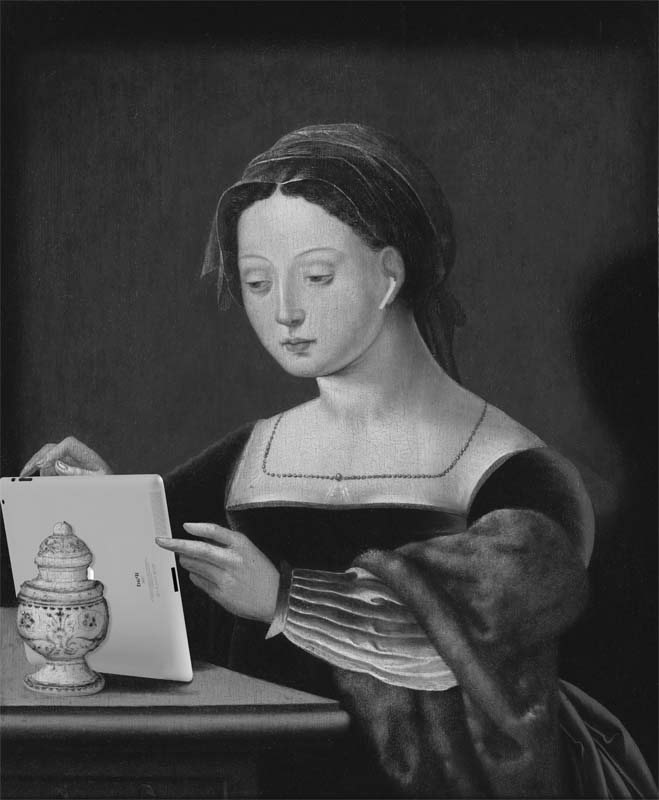



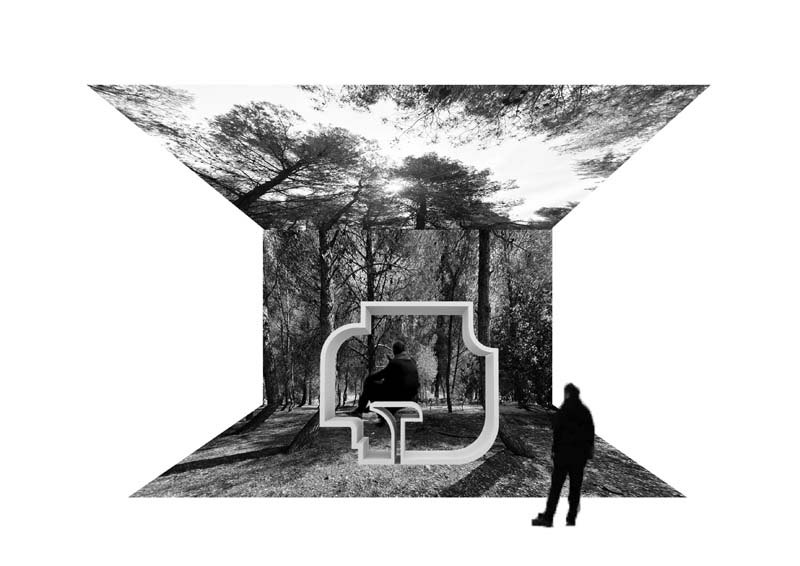

Studiolo, were small rooms-sanctuaries in the palaces of Italian nobles of the early Renaissance era designed for contemplation, study and seclusion.
In this thesis, an attempt is made to collect a visual material and to create a new language of design and representation in order to re-approach those spaces today. A spatial proportion of the symptoms of involuntary isolation and the new working condition as it forms in the Pandemic.
An exploration of a new autonomous structure, a kind of "open" and at the same time private room, which can be transferred and placed, in a way that is transforming for the hosting shell and serving the needs of the modern resident.
Supervisor: Tzirtzilakis Yorgos
Reference Number: 749


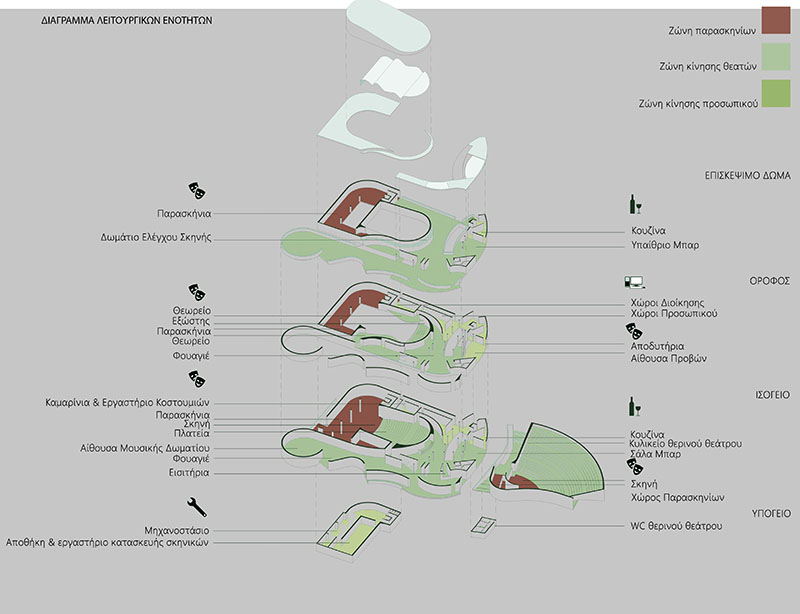

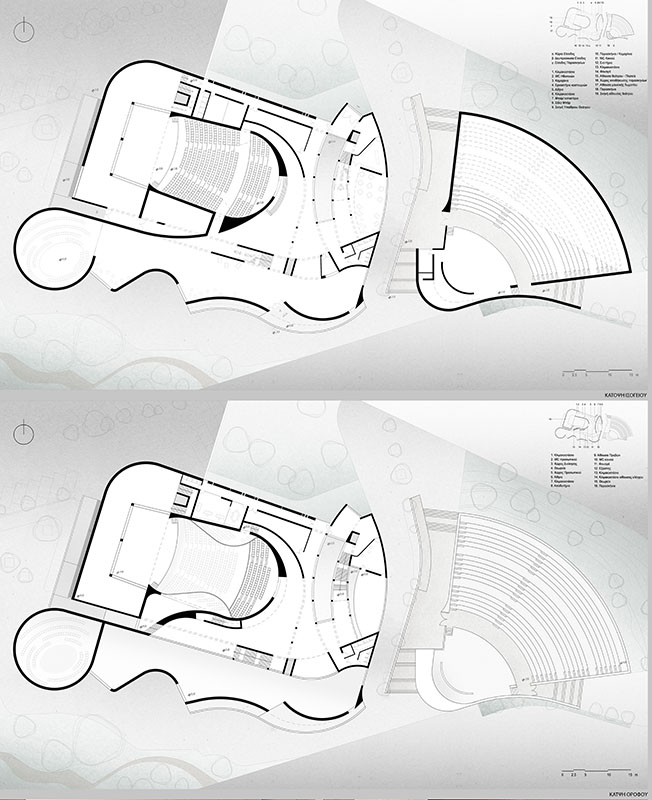

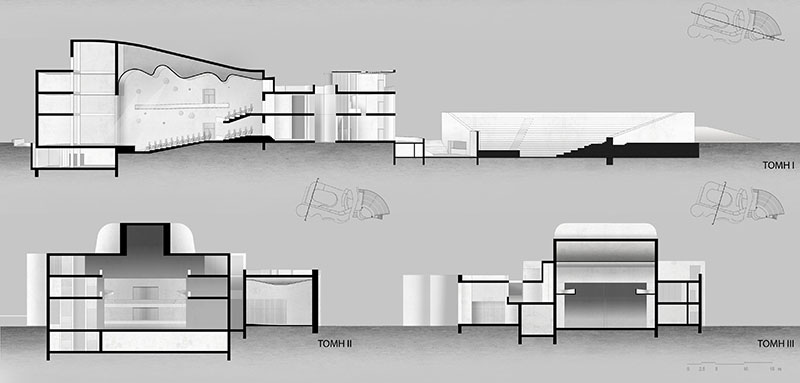



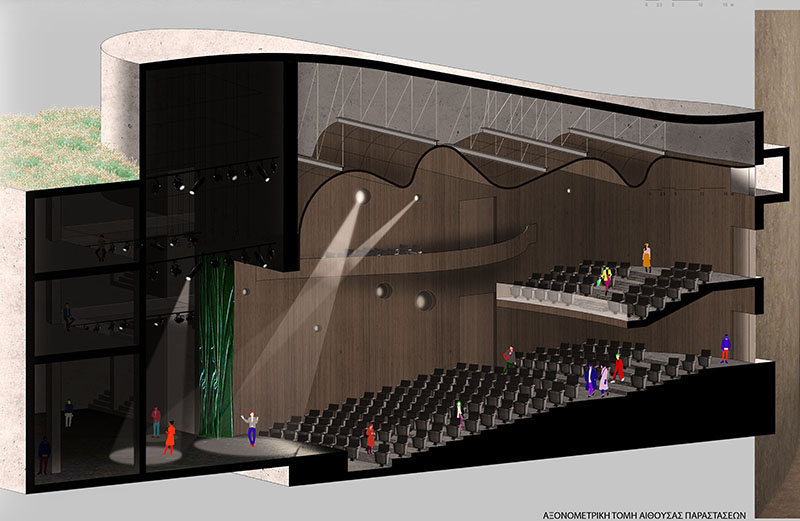

The subject of this diploma thesis is the result of the thoughts on the concept of the theatre as a kind of art, its social impact and the interaction between the theatrical function and the building typology. The aim of the design is a friendly outdoor place focusing on the new performing arts building in the city of Volos through which the people will be swept away and confronted with its imaginary reality, the theater.
The architectural composition was designed based on three components. In general, it was based on the study of the existence of the curve in the city and how it appears in shapes in the urban fabric, the relationship between the new structure and the existing urban situation considering the building of the Town Hall which is close enough, but also more specifically based on a narrative of hypothetical movements starring the audience and the people who work for the theatrical mechanism.
For the new theatrical complex, which includes the main body of the construction and inside there are the large performance hall and a smaller music hall as well an outdoor summer theater next door, the aim is to create a space that will be a natural extension of the outdoor stage that surrounds it so that a person who walks around there could feel intimacy with the theatrical space and art.
The architectural vocabulary of the curved elements is used for the realization of the design vision which aims at strengthening the central idea by creating a flowing path where during the crossing the walker the walker will be confronted with theatrical moments and will be transformed into a spectator.
Supervisor: Manolidis Kostas
Reference Number: 918
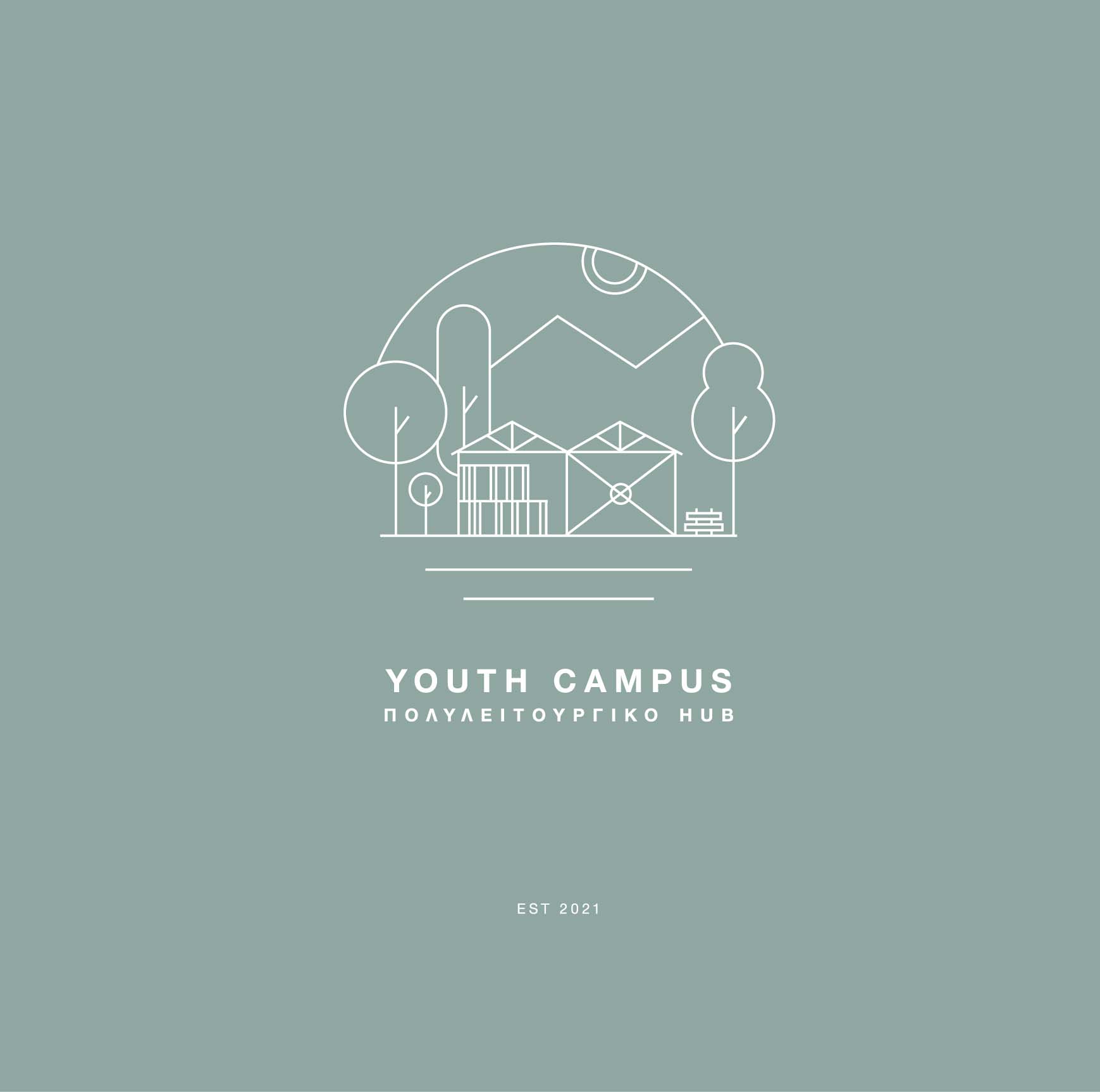

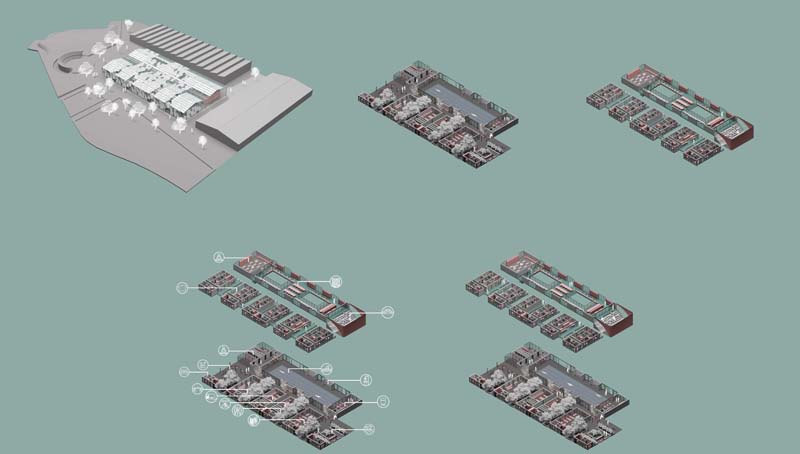

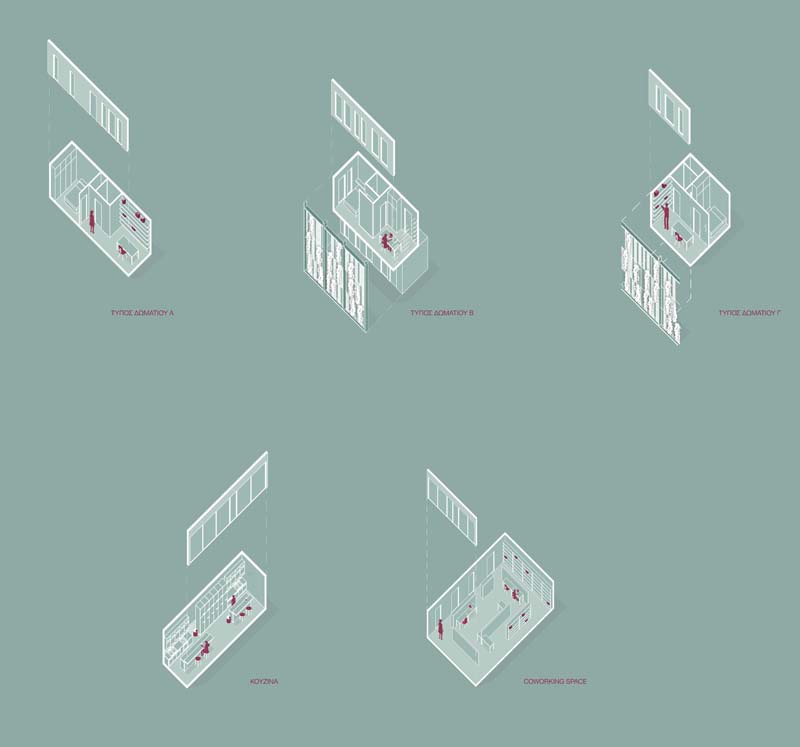

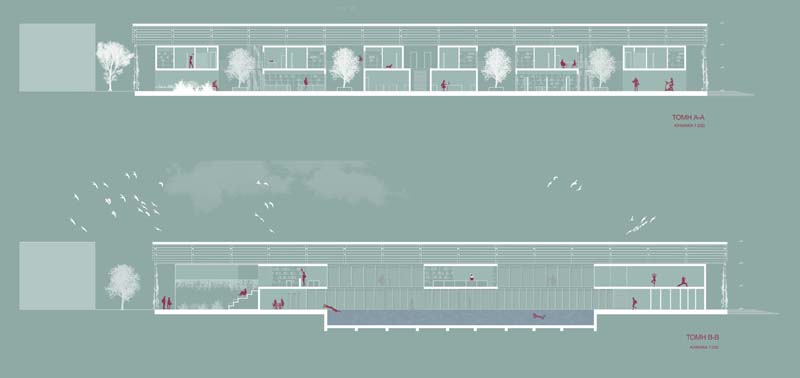

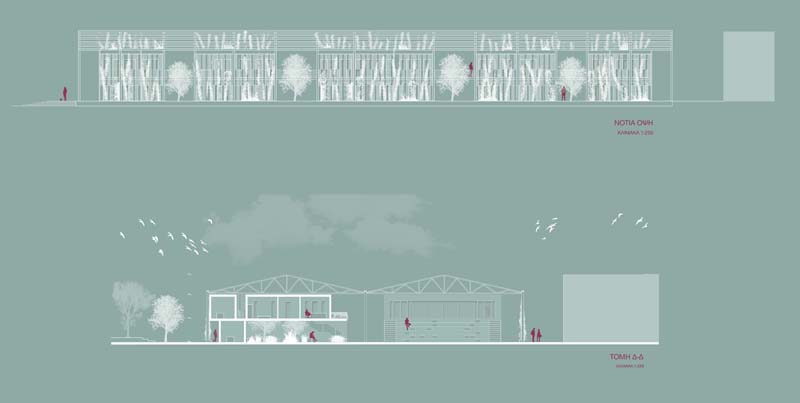

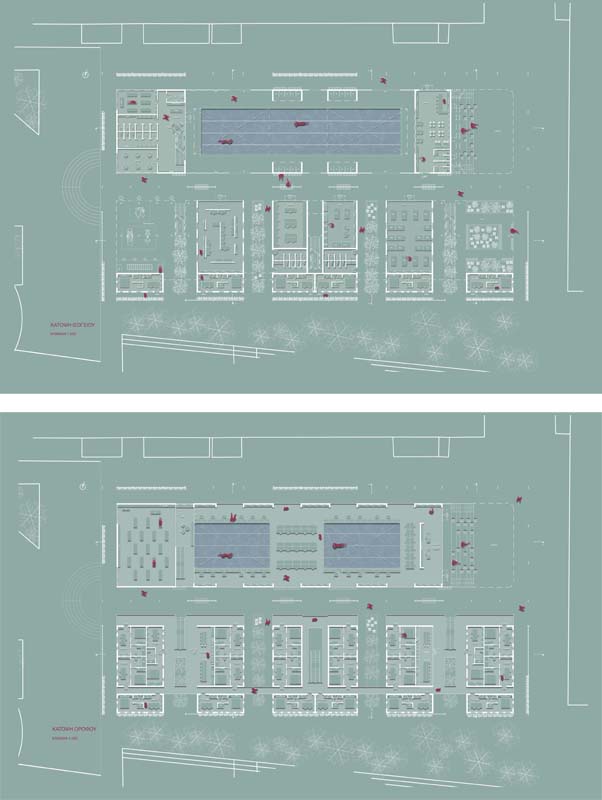

University of Thessaly has been established in the university community, through the gained distinctions, the talented professors and the high performance of the graduates. The number of students and their needs have increased during the past few years, causing a lack of space and infrastructure to accommodate this crowd. In future plans, both the Departments of Civil Engineering and Mechanical Engineering are to be transferred to new facilities and be replaced by the Department of Architectural Engineering. This alteration results in a redundant building, which could cover the lack of useful space in the University community, such as the hosting of professors who live in a different city. Thus, we acknowledged the needs of the University of Thessaly, studied the disadvantages of the building and came up with the design, while maintaining the method “building within a building”, removing all the malfunctioning elements and adding vegetation and porosity. Therefore, the building “breathes” and creates a sense of a covered “square”, which can usually be found outside the urban structure. Our goal is to preserve both the memory of the Papariga building, by maintaining the metal shell, and the memory of the current building, by intervening mainly in the interior. Finally, we added a climbing plants grid that was designed and placed in many spaces throughout the shelter, in order to privatize the professors’ residences and create a ‘game’ between light and shadow.
Supervisor: Mitroulias Giorgos
Reference Number: 872
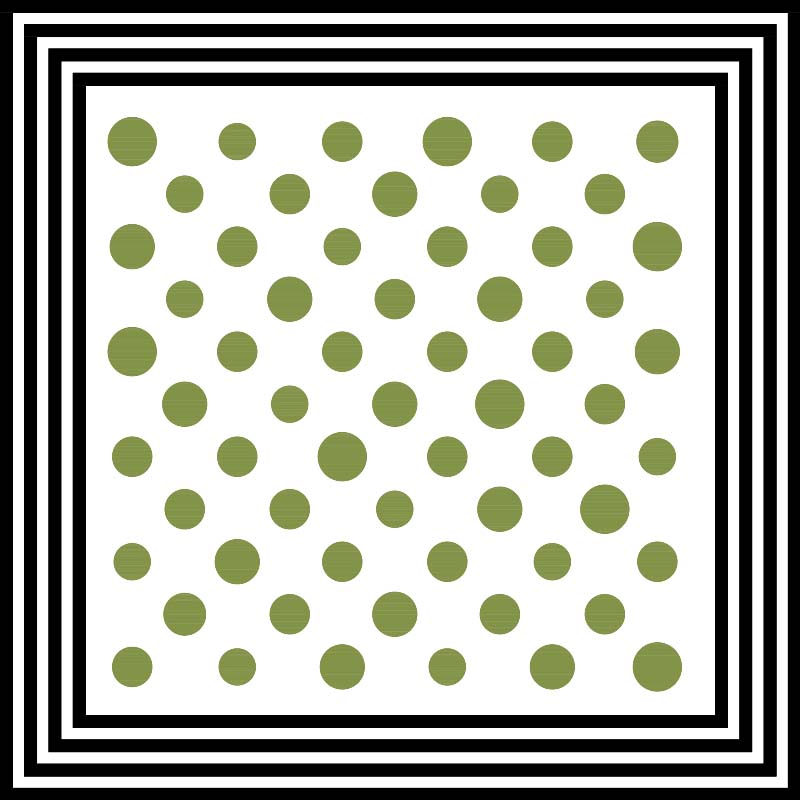

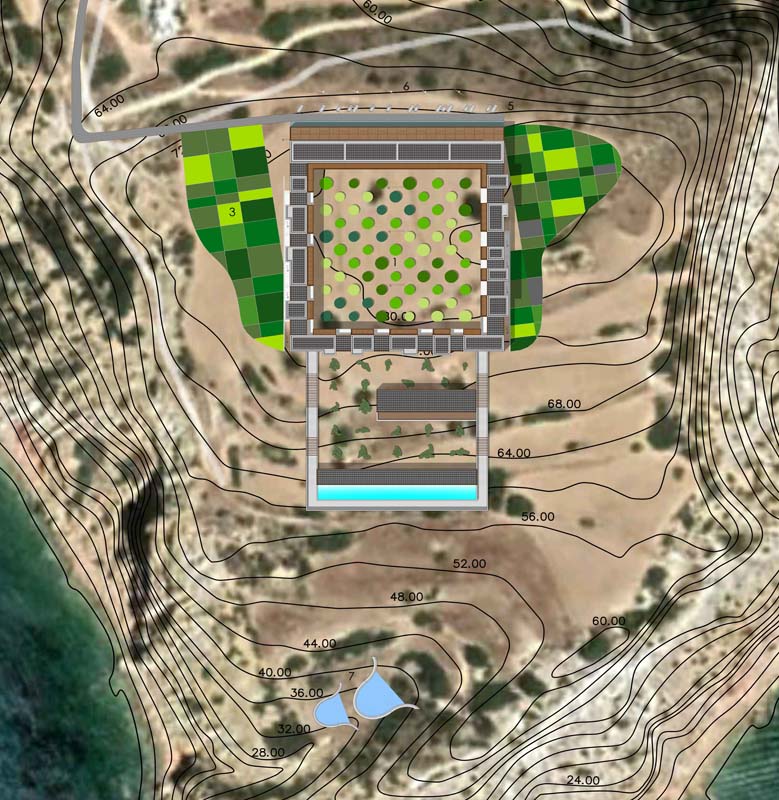

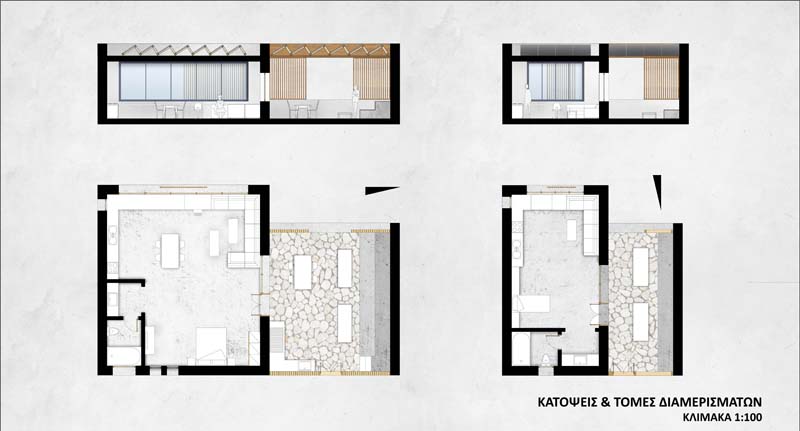



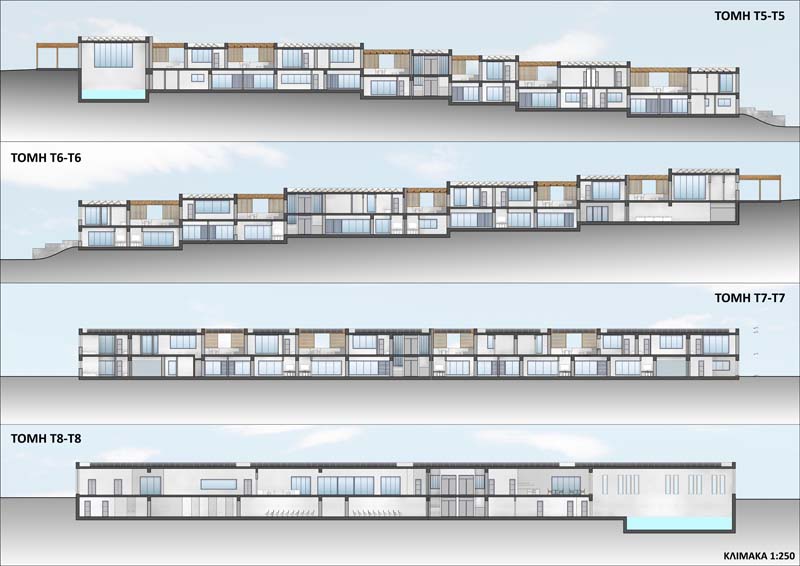

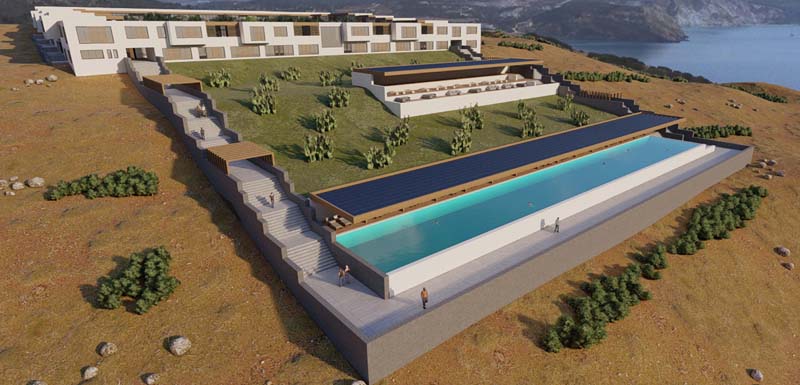

My work approaches the model of organizing the habitation of the Ecological Villages thoughtfully and synthetically. It follows their design process focusing on the specific spatial and social example. It follows and verifies the analysis of the concepts that govern its existence, but also of the political principles of collective housing that shape its model. The regular adoption and application of the theoretical framework was carried out through extensive bibliographic research, where texts, articles, books and sources from the internet were understood.
Modern societies that are central in space and time have begun to realize the need for a radical change in the way and size of collective life, the political-aesthetic activation of man and his relationship with the environment. The overcrowded modern urban centers of the "western world" have violently changed the rhythms of people's daily lives and their quality of life. The cutting off of man from nature, the intense interest in the evolution and applications of technology, the political and personal alienation, the discovery, production and use of new modern materials for construction and many other factors of technical and political culture prove the way that modern man is trying, again, to give meaning to the organization of his collective tactical life.
I present the research, the study and the design of a building complex and a complex of crops of limited production and processing of products on the island of Milos, in the location "Akrotiri Provatas". This unit will be intended for use for short summer vacations but also vacations in any season, partial or complete work activity of "digital nomads", agro-economy and especially the environmental balance.
Supervisor: Stylidis Iordanis
Reference Number: 882
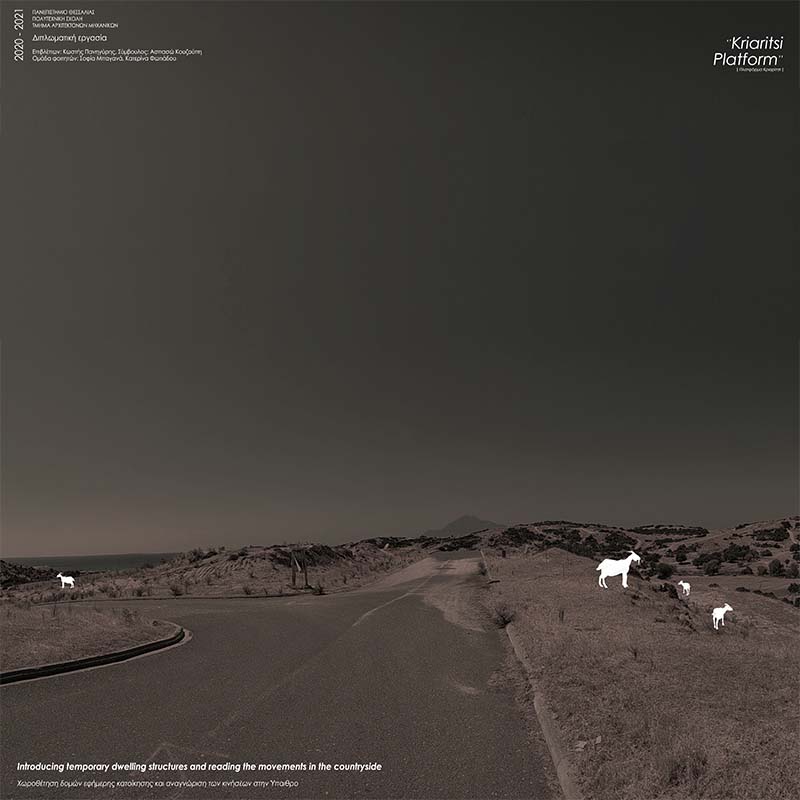

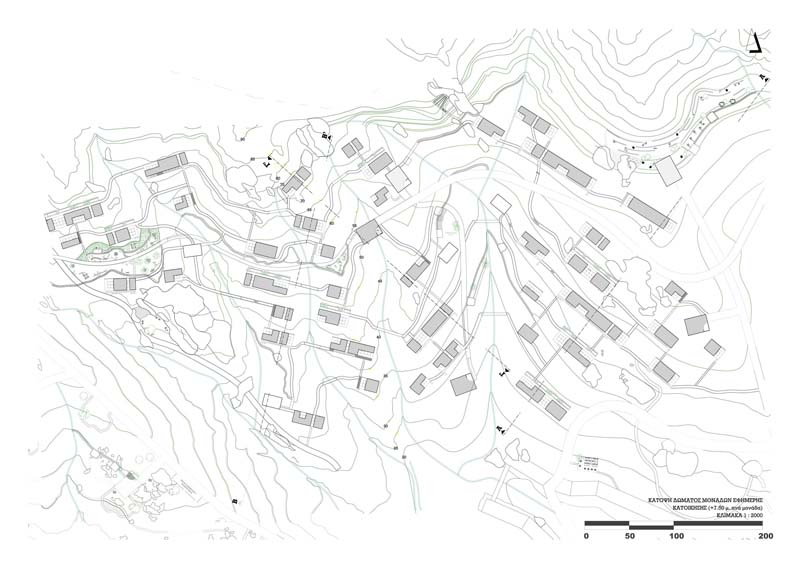

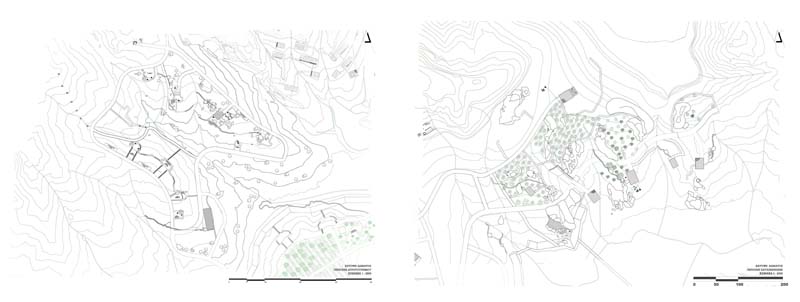

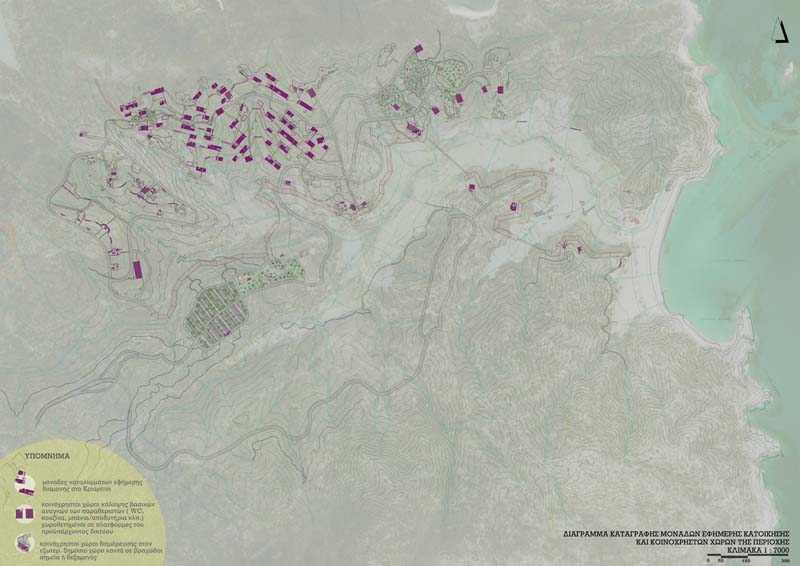

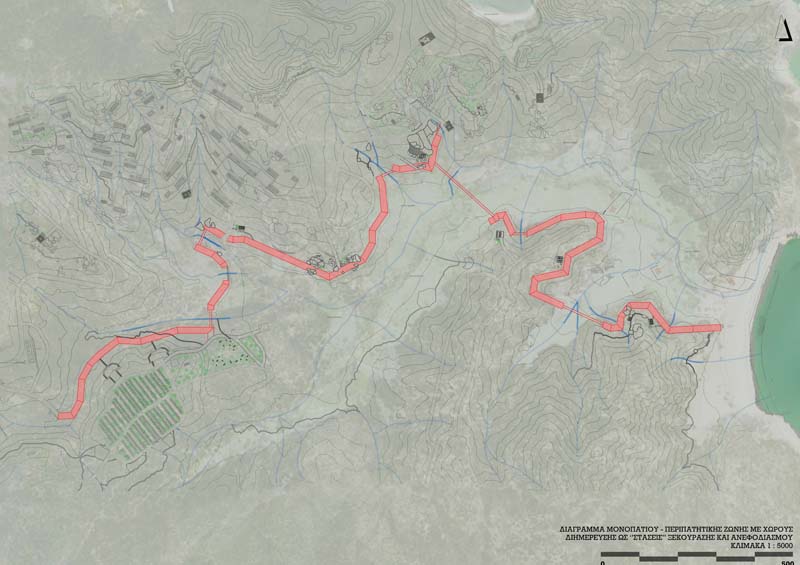

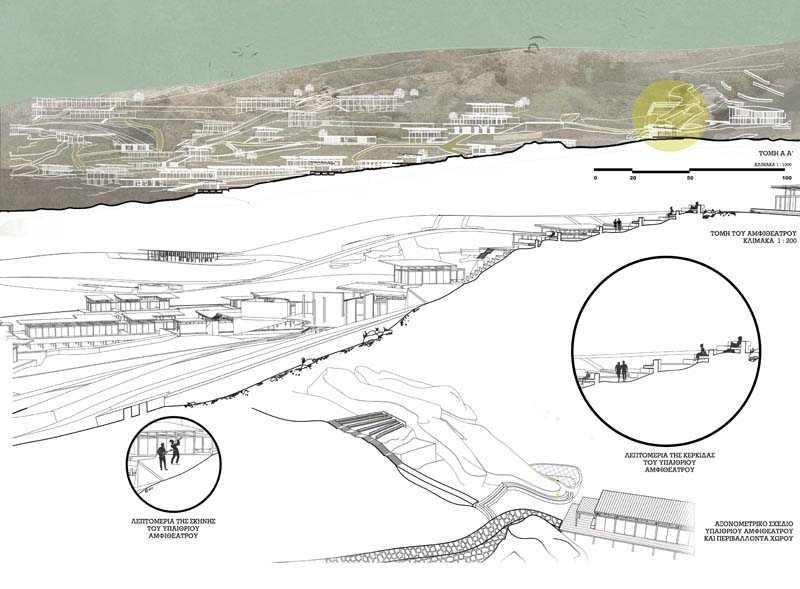

Nowadays, many areas are losing their unique geomorphological qualities because of tourism. The tourism industry often objectifies and portrays them as tourist attractions, which leads to a huge number of visitors and a constant need for new facilities. It is not uncommon for these facilities to be identical or chaotically laid on the landscape. This diploma thesis elaborates on the design of temporary dwellings in Kriaritsi, Halkidiki, based on the existing road network, which was part of a housing development plan that was eventually cancelled. The design of the settlement follows the morphology of the sheepfolds placed in the area, while the created platforms are integrated in the landscape. The focus of the project lies on the correlation between public and private spaces. A spatial analysis has revealed a number of paths that follow the natural curves of the rural scenery and connect mount Itamos to the beach. Key part of the design is the water storage and distribution system that aims at an autonomous water supply system for both the residential area and the communal spaces. The main purpose of the project is to incorporate the structures into the landscape while maintaining the structure of the landform. An alternative tourism model, based on of the sustainable management of rainwater and gray water, is introduced. This model aims to redefine the area, as well as, the existing conventional campground.
Supervisors: Paniyiris Costis, Kouzoupi Aspassia
Reference Number: 879

